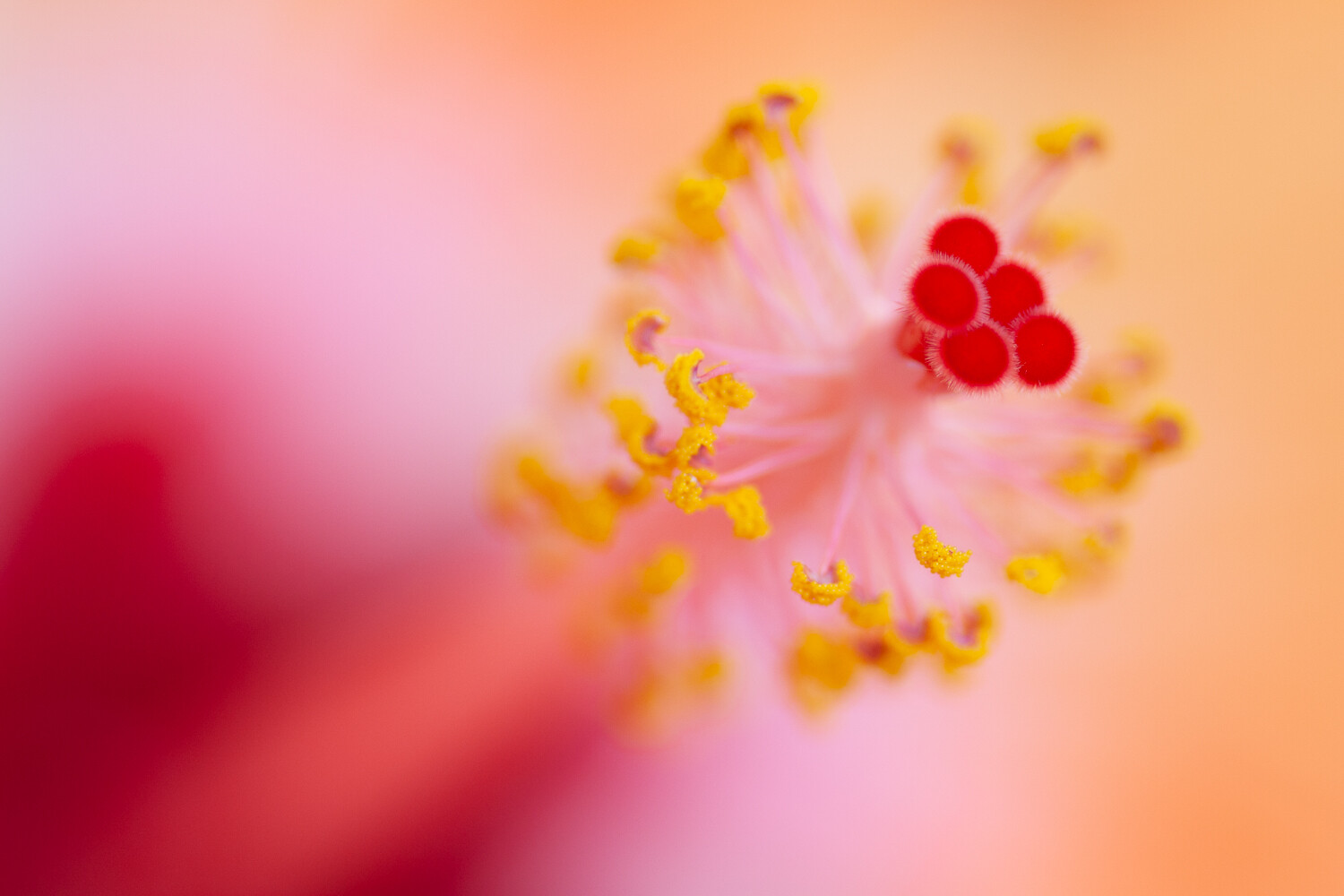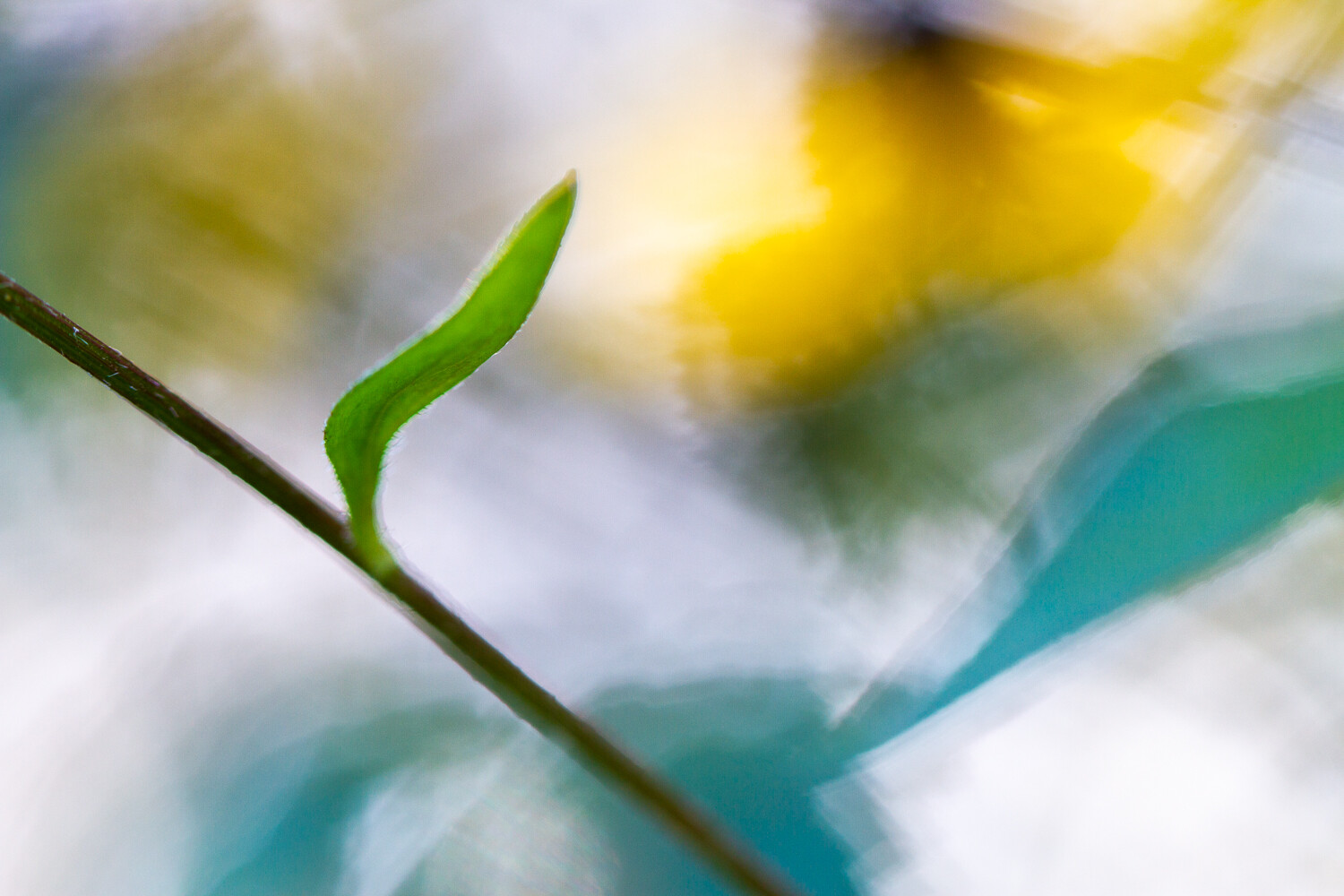7 Digital Camera Predators and How to Keep them at Bay

The Digital Camera has a number of natural predators – things that in just a few seconds could snuff out it’s life and render you camera-less. Learn to identify your camera’s predators and take a few simple precautions and exercise a little care and you can keep your camera operating at it’s potential for years to come (well at least until it’s time for an upgrade). You really can never do enough digital camera maintenance.
Here are 7 natural predators of the digital camera and how to avoid them:
1. Sunscreen and Insect Repellent

It is important to protect yourself from the elements of sun and insect bites when shooting outdoors, however some of the things that you’ll use to do it can cause your camera harm. Sunscreen is generally oily and insect repellent often contains chemicals that you wouldn’t want to get in touch with the more delicate parts of your camera.
The way to limit the impact that these things have on your camera is pretty obvious and largely involves keeping those parts of your body that come into contact with these things clean. Wash your hands in fresh water after applying sunscreen and repellent and you’ll go a long way to keeping your camera clean. If you do get your camera greasy make sure you clean it off as quickly as you can.
Lastly – don’t fall into the temptation of putting sunscreen and repellent into your camera bag. I know it’s tempting so that you don’t have to carry another bag – but it’s really not worth the risk as a leak could end your camera’s life. If you do travel with them together make sure you have a sealed bag for the liquids.
2. Sand

There is nothing that frightens me more than the thought of sand getting into my camera. Cameras have moving parts and to get something as gritty and abrasive as sand into them can quickly put your camera out of action or at least damage it so that you end up with scratches through it.
Ultimately the only protection against sand is not taking your camera to sandy places. Of course this is not particularly feasible and you’ll need to do what you can to keep sand and your camera separate.
Sealable bags are great to travel with, cleaning brushes to get those stray grains off your camera can be useful and cleaning clothes are helpful.
Always be particularly aware of your surrounds and things like wind or people kicking balls or throwing Frisbees when you’re changing lenses, memory cards and batteries as these are high risk moments that sand just loves to swoop in. Also – learn to think ahead about what lens you might need so that you can change it inside in a more stable environment before hitting the beach.
3. Dust

Like sand, dust is a natural enemy of the digital camera. It’s a more subtle attacker in that it generally won’t scratch your moving parts – but it is just as damaging, particularly when it works its way into your camera’s inner parts and settles on your image sensor.
Once again – wipe your camera down each day, be careful of when and where you change lenses and travel with your camera in a sealed bag.
Also if you have a DSLR consider getting it’s image sensor professionally cleaned (or learn to do it yourself – with care) every now and again if you do find marks on your sensor (you’ll notice them most at small apertures – to test it, set your camera to it’s smallest aperture and shoot at a white wall or ceiling).
4. Moisture/Water

Moisture attacks cameras in numerous ways. At it’s most extreme it attacks as water which has the ability to quickly end the life of your camera (I regularly get emails from digital camera owners who’ve dropped cameras in all kinds of liquids including the ocean, baths, rivers and even toilets). Use you camera’s wrist or neck straps to keep your cameras out of water and always be aware of where you put it an how it can be knocked.
A more subtle attacker when it comes to moisture is condensation. Particularly noticeable is when you move from one temperature to another with your camera (for example from air-conditioning to humid ones). Investing in silica gel packs is one way to help with this as they absorb moisture in your camera bag. Some people suggest putting it in a sealed plastic bag when moving between temperatures – this might work well but is not particularly practical in many situations, especially when you have a large camera. Ideally you want to warm your camera up naturally and slowly – it’s definitely a challenge. Other than that – wipe off your camera regularly when in humid environments.
5. Salt

While the beach presents photographers with wonderful photographic opportunities it also can be a dangerous place with many digital camera predators – not the least of which is salt which has a habit of getting into your camera and lenses and causing all kinds of problems (including corrosion).
Fight the impact that salt has on your camera by wiping it clean at least once per day while shooting in salty places.
If you have a DSLR use UV filters on your lenses to give an extra level of protection and avoid opening your camera up (to change batteries, memory cards or lenses) as much as possible. When not shooting, keep your camera safely in your camera bag and be particularly aware of positioning yourself in sea spray on windy days.
6. Thieves

Another natural predator of expensive photographic equipment is the thief when you least expect it will swoop in and steal your gear away from you – leaving you feeling frustrated, violated and wondering what you did to deserve it.
Always be aware of where your gear is and how accessible it is to others. Get yourself a camera bag that doesn’t scream ‘I’ve got a camera in here’ if you can (there are some great brands on the market – I use this Crumpler bag for this reason).
Keep your cameras on your body if in a risky environment, keep your bags zipped up and well fastened, consider having your bag on your front rather than your back in high risk situations, insure your gear and try to be selective and not every travel with too much of it at any one time.
7. Bumps and Drops

The downfall of many cameras comes quite literally when they are dropped or bumped into other hard objects. While some cameras now come with shock proof casings the majority of cameras do not and need to be treated as delicate objects.
Use a padded camera bag or casing (and use it when your camera is not in use, be aware of where you put your camera, be careful when passing it from one person to another etc. Also check your house and contents insurance to see whether it covers accidental damage (many do). It’s just common sense really but I’m quite amazed at how often silly accidents end the lives of expensive pieces of equipment.
Good Gear
Hopefully you’re feeling a little more prepared to venture out with your digital camera feeling confident at your ability to keep it’s natural predators away.If you’re looking for some gear to help you with some of the above you might like to check out some of the camera cleaning products at Amazon and their range of Crumpler Camera Bags which I’m a big fan of.
Share this article.








































